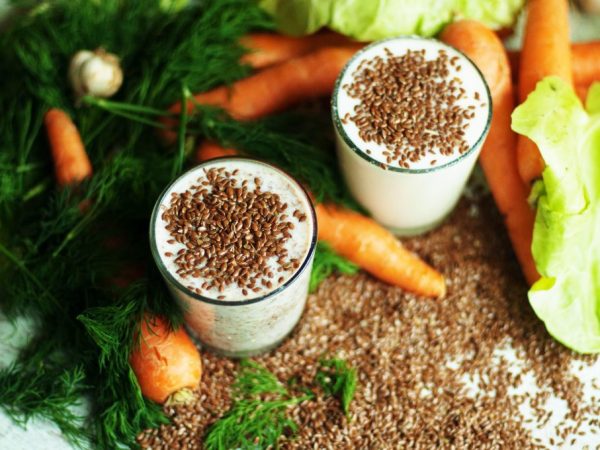How to get carrot seeds at home
Getting carrot seeds at home means providing yourself with quality seed material prepared with your own hands. This will allow you to be sure that the right variety will be planted in the spring, and vegetables with high quality characteristics will grow from the seeds.

How to get carrot seeds at home
Why collect seeds yourself
There are several reasons to grow carrots for seeds on your own at home:
- improvement and consolidation of the quality characteristics of a certain variety,
- profitability, since home harvesting gives a large amount of seed with the lowest financial costs,
- quality, since producers often do not renew the mother plants when germinating seed material, which leads to the degeneration of the variety and the production of vegetables of inferior quality, close to wild root crops.
Selection of carrots for seeds
For home production of seeds, varietal varieties of carrots are taken, and not f1 hybrids, since seed material obtained from hybrids gives root crops that vaguely resemble the first generation and have many disadvantages, from irregular shape to pale color and off-flavor.
It is possible to get seeds from carrots for planting only a year after the growing season.
To obtain seed, large and high-quality vegetables are left during harvesting. Vivid representatives of the desired variety, including root crops, must:
- be of the correct shape,
- have the color corresponding to the variety,
- meet the requirements of the variety,
- have no mechanical damage.
Root crops selected for seed are stored separately from the rest in a cool basement. The best way to store vegetables until spring is to place them in a pit of wet sand.
Planting carrots for seeds

Own seeds
To obtain seed, take not 1, but 3-4 root crops, planting them next to each other to ensure effective pollination of the plants.
Planting of carrots begins in the last days of March or early April, when sprouts appear in the root crops stored in the basement.
Before planting, the roots are not washed, the sprouts are not cut off. They are placed in a container or other container designed for growing vegetable seedlings. When planting large root crops in the ground, only 1/3 of the vegetable with a sprout is left, and the rest is cut off.
Plant care after planting
From the end of April, the seedlings are transferred to open ground conditions or to a greenhouse. Subsequent care for carrots planted on seeds includes several mandatory measures:
- improving the quality of the future seed material, for which the sprouted carrot testis is watered once with milk of lime 2 weeks after planting,
- maintaining constant humidity and a stable temperature regime at the required level, for which root crops are surrounded by mulch throughout the season,
- regular watering, weeding and loosening of the soil,
- pruning of lateral shoots after 2 months, when the testis begins to form the main stem with an umbellate inflorescence.
Testes fully ripen after the end of flowering and the stage of formation, as indicated by the dark beige color of the umbellate inflorescence and its folding.
Collection and processing of seeds
The ripe seeds are removed by cutting off the entire umbrella inflorescence with a part of the stem up to 20 cm long. To improve the quality, the planting material is sent for ripening in a well-ventilated place, hanging umbrellas tied in bunches.
To avoid seed weathering during the ripening process, wrapping bundles of umbrellas with gauze material or tissue paper helps.
After thorough drying, the seed is separated from the umbellate inflorescences by rubbing over the container. The most valuable are those that have formed at the edges: they are distinguished by their maturity and large size.
Fully ripe seeds are also determined by placing them in water: they always sink to the bottom, while low-quality seeds remain on the surface.
After selection of seed material suitable for planting and removal of foreign debris, it is finally dried without the use of active heat (oven or dryer) and stored until planting at a temperature of 10 ° C-15 ° C. Seed material retains its germination ability for 3-4 years.
Conclusion
Collecting carrot seeds yourself at home is a way to prepare high-quality planting material that will show high germination and give an even and rich harvest of carrots in the fall. The seed is stored for 3-4 years after collection. At the end of the shelf life, the number of empty seeds increases, therefore, the sowing standards are increased by 2-3 times.


